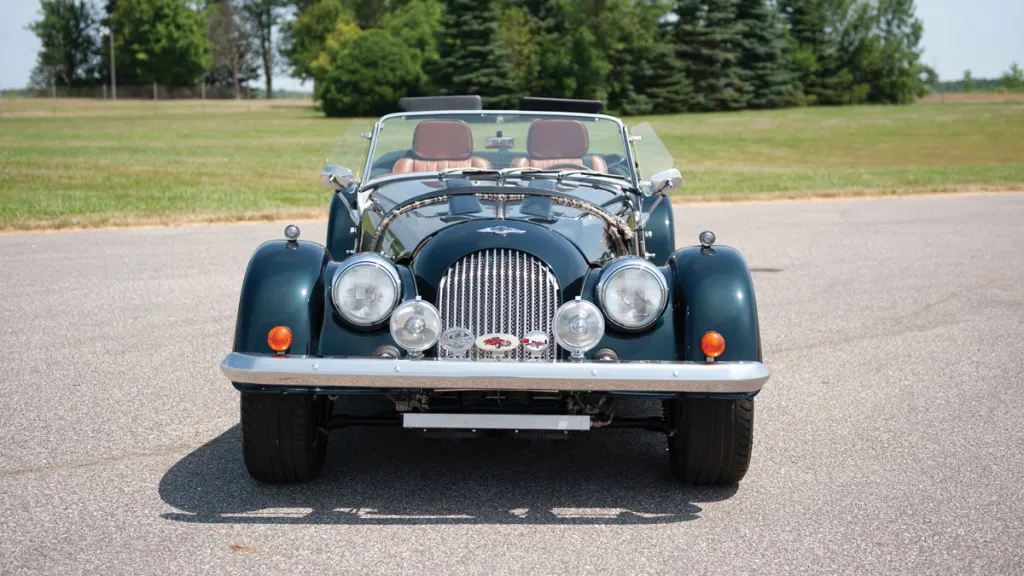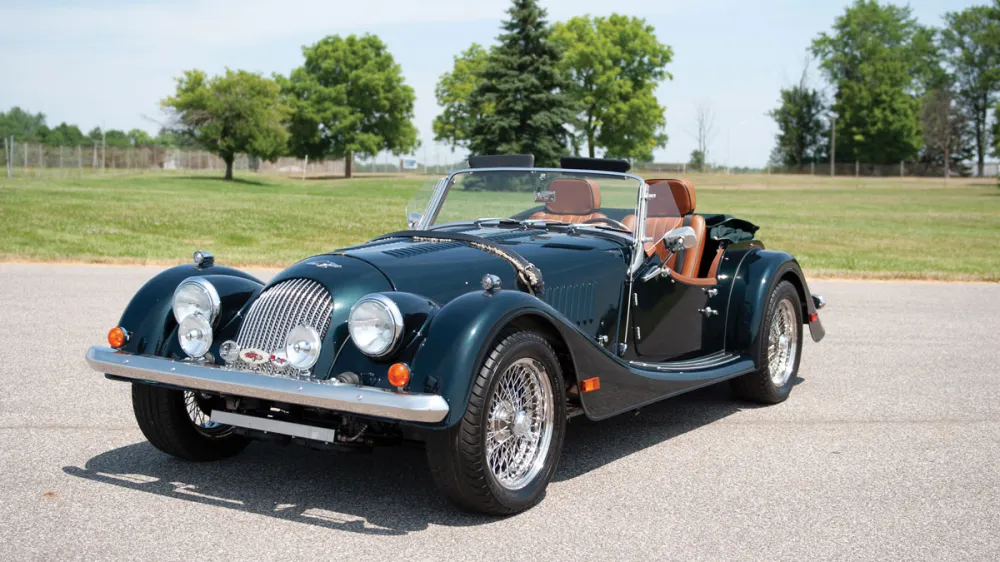In a world of algorithmically perfected electric vehicles and digitally enhanced dashboards, the 2003 Morgan Plus 8 stands as a hand-built ode to simpler times—where motoring was tactile, soulful, and gloriously analog. It’s not just a car. It’s a perfectly preserved time capsule wrapped in aluminum and tradition, with a heart that beats to the sound of a naturally aspirated Rover V-8.
For a car that remained largely unchanged for over three decades, the Plus 8 is anything but outdated. Its enduring charm lies in Morgan Motor Company’s unwavering commitment to craftsmanship. While tech giants today obsess over software updates and semi-autonomous systems, Morgan built its legacy on ash wood frames and leather-clad cockpits. And it worked. This isn’t a car for the masses—it’s a collector’s indulgence, an enthusiast’s weekend thrill, and a connoisseur’s statement of taste.
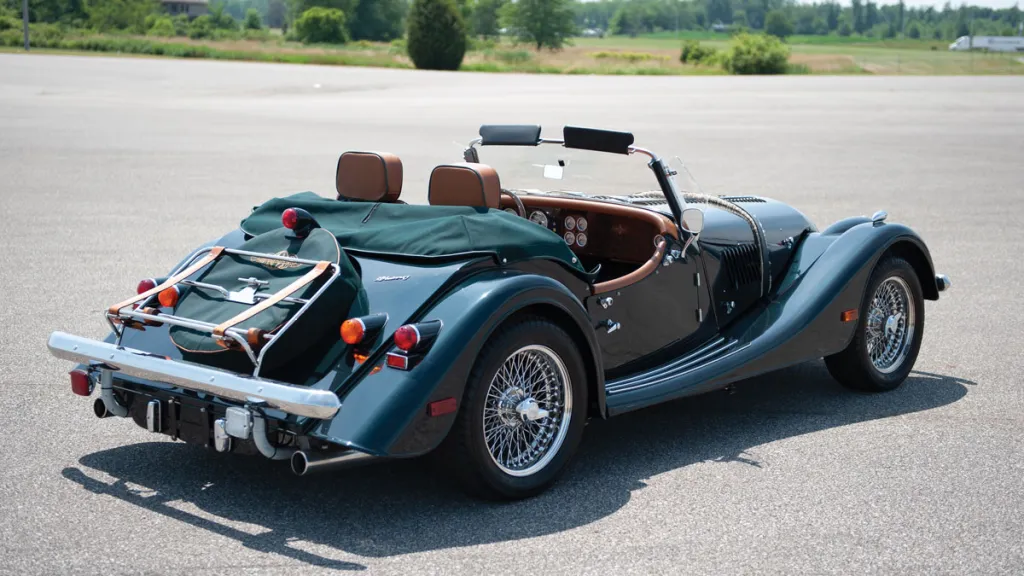
The Plus 8’s 4.0-liter Rover V-8 isn’t about blistering horsepower or breaking Nürburgring records. It’s about character. A modest 190 hp and 225 lb-ft of torque may seem humble on paper, but in a car that weighs just over 2,000 pounds, that translates to pure visceral excitement. Zero to 60 in 6 seconds. Top down. Chrome wire wheels spinning. Exhaust growling under wide rear fenders. And no filters—just road, engine, and adrenaline.

Morgan’s genius lies not only in its engineering shortcuts—outsourcing engines from Triumph, Rover, Ford—but in its rejection of modern excess. There’s no touchscreen inside. No Bluetooth. No digital gauge cluster. Instead, you get polished burl wood, toggle switches, and sliding side curtains that double as windows. It’s inconvenient in all the best ways.
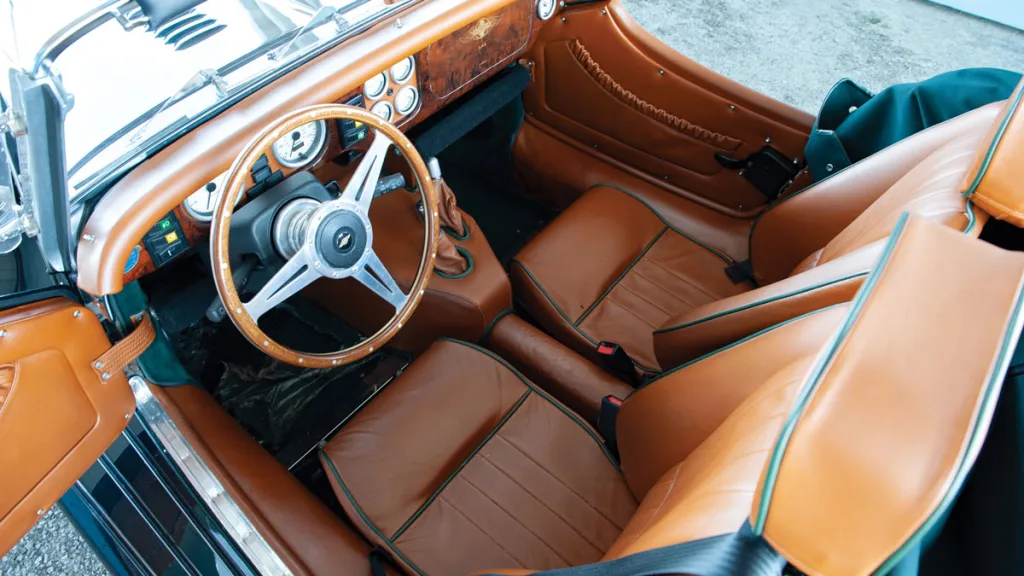
The Plus 8’s underpinnings are unapologetically primitive: a steel ladder frame, sliding-pillar front suspension, and hand-hammered aluminum body panels over a timber skeleton. The result? A car that corners with precision, communicates every bump, and invites you to drive, not just commute. Even its five-speed R380 manual transmission—borrowed from Rover’s final years—makes you savor every gear change like a fine Scotch.
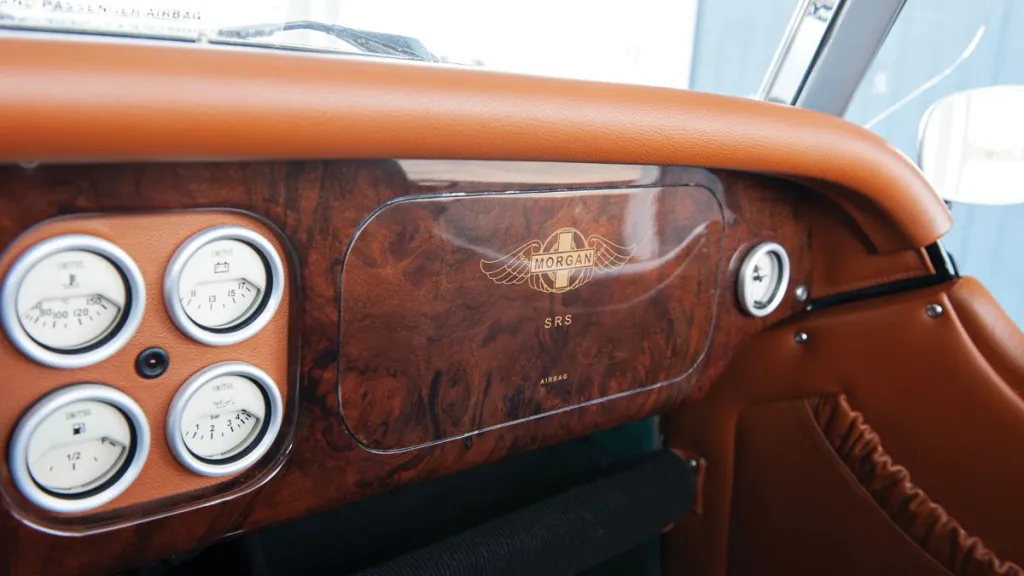
The final edition in 2003, the 35th Anniversary Plus 8, is the crown jewel. Only 110 were made, making it rarer than most supercars but infinitely more charming. Prices range from $40,000 to $85,000, a small fortune for a car without airbags or cup holders—but for those who understand the appeal, it’s worth every penny.
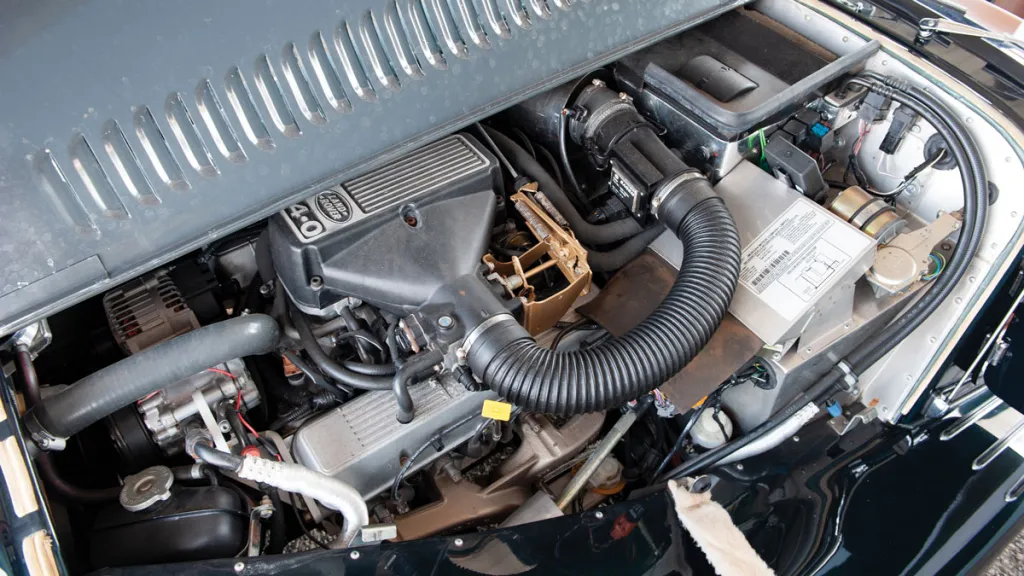
If you’re shopping for a Morgan Plus 8, avoid the propane-converted U.S. models from 1974 to 1992. Look to the early carbureted models or, better yet, the late-model fuel-injected examples. They’re more drivable, more desirable, and far more satisfying to own. Most used examples have already been tastefully modified—think custom exhausts, bumper deletes, and chrome luggage racks—enhancing an already beautiful classic.
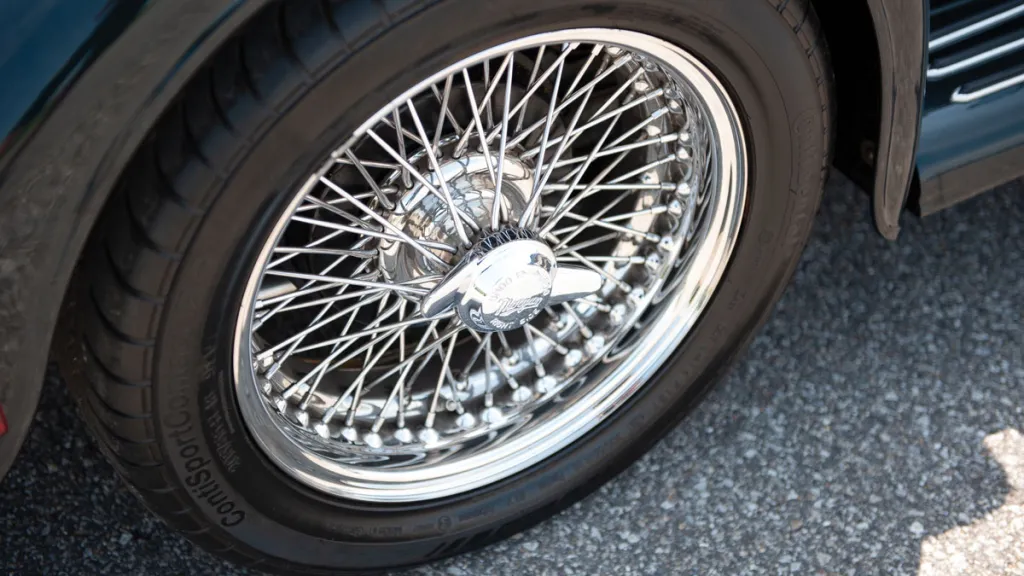
Today, the Plus 8 is both posh and primitive—a rare duality that few modern cars can emulate. It’s not for everyone. It’s for the few who believe a sports car should smell of oil and leather, not plastic and silicon. And in a sea of sameness, that’s what makes it a standout.
